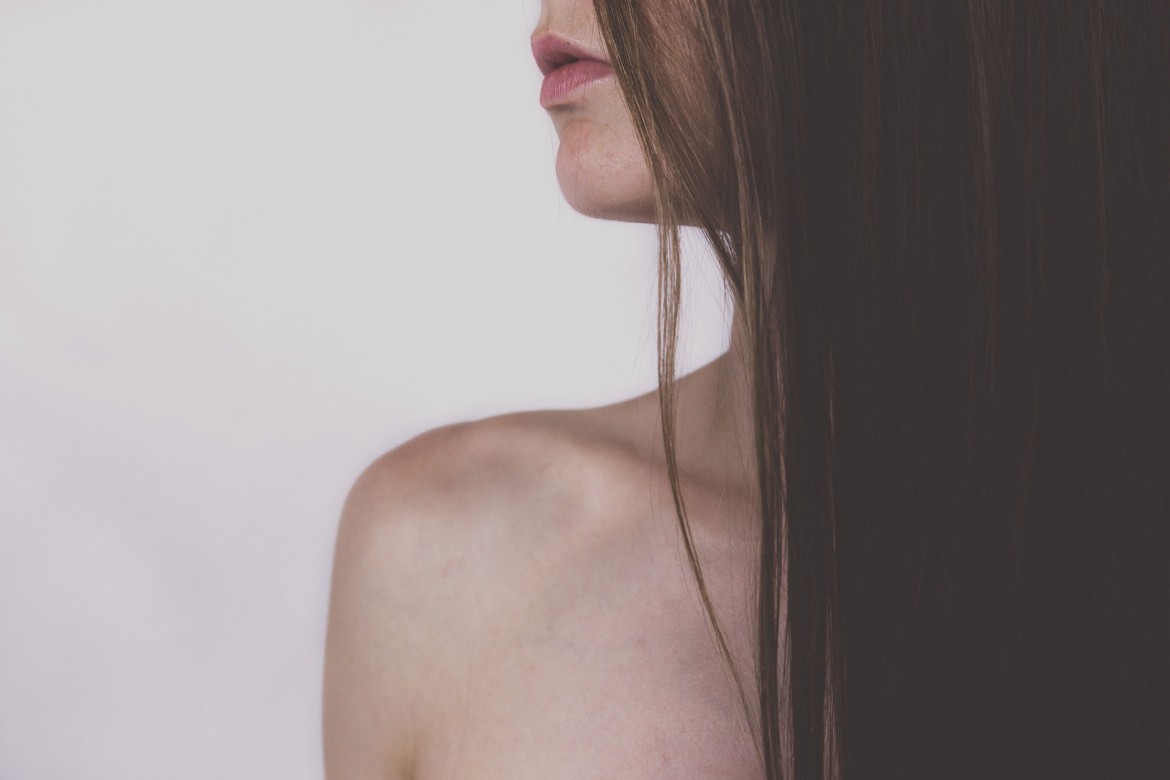
Hair is one of the most unique, expressive parts of our bodies. There are endless ways to style and care for our hair. Not only does how we wear our hair reflect our personalities, but hair is also a remarkable tissue with incredible properties and capabilities.
Discover more about your hair with these 25 facts about hair!
- Hair is often used in forensic science because it can be used to tell everything that has ever been in a person’s bloodstream. This includes medicine, drugs, vitamins and minerals. The only thing that can not be identified is gender because men’s and women’s hair are identical in structure.
- Hair is made up a protein called of keratin. This protein is also found in the outer layer of our skin and nails
- The outermost layer of our hair is called the cuticle. The cuticle protects the inside layers of hair and consists of overlapping scale-like segments. When your hair is healthy, the cuticle lays flat. When your hair is damaged or dry, the cuticle opens up.
- The scientific term for grey hair is canities and a split end is trichoptilosis.
- Our hair is constantly growing and has a lifespan of about 5 years. However, only 90% of our hair is in the growing phase (the anagen phase). It will remain in the anagen phase for 2-6 years.
- Hair grows, on average, 0.3 to 0.5 MM per day, 1.25 cm/0.5 inches per month and 15 cm/6 inches per year. It takes about 3 years to grow it to your shoulders and 7 years to grow it to your waist.
- If you counted the growth of all the hairs on an average person’s head after one year, it would equate to over 10 miles of hair growth.
- Cutting hair does not affect it’s growth. Instead, it helps avoid split ends. Split ends are what give your hair the appearance of not growing because they work their way up the hair shaft and make individual shafts thinner.
- An average woman will spend 1 hour and 53 minutes washing, drying and styling her hair a week. By the time she is 65 this equates to 7 months of her life doing her hair.
- A man will span 5 months of his life shaving. If he never shaved his beard, it would grow to be over 30 feet long in his lifetime.
- Each strand of hair can contain traces of 14 elements, including gold.
- Hair is 50% carbon, 21% oxygen, 17% nitrogen, 6% hydrogen, and 5% sulphur. Darker hair tends to have more carbon present than lighter hair.
- The average person has 100,000 to 150,000 strands of hair on their head and looses between 40 and 150 strands daily.
- If your hair falls out, it will regrow up to 20 times in a lifetime. Balding only becomes visible when we have lost over 50% of our hair.
- Each strand of hair can support 100 grams in weight.Your entire head of hair could support the weight of two elephants.
- You hair’s disulphide bonds are one of the strongest bonds occurring in nature. They can only be broken by extremely high heat and chemicals.
- A strand of hair is stronger than a copper wire of the same diameter.
- Healthy hair can be stretched up to 30% its length when wet.
- Black is the most common hair color. Red hair is the rarest, only existing in about 1% of the population. Blonde hair only exists in about 2% of the worlds population.
- Renaissance Era women would pluck their hairlines further back to expose more of their forehead.
- Victorian Era women would wear jewelry and lockets made from the hair of their lost loved ones.
- In 1950, only 7% of women dyed their hair. In 2015, up to 75% of women dye their hair.
- 90% of Japanese people wash their hair twice a day, 80% of North Americans wash their hair twice a day and 25% of Europeans wash their hair daily.
- Hair absorbs oil out of water. This makes it a great, natural sponge and has been used to clean up oil spills.
- Chemotherapy causes hair to fall out because it is used to eliminate cells that replicate quickly. Hair follicles grow and divide quickly, so they are adversely affected. However, hair can grow back after chemotherapy, but often can grow a different color than normal for the first few months.

